Building a house in cyclone-prone areas requires careful planning, strategic design, and resilient construction methods. Cyclones, also known as hurricanes or typhoons, are powerful and destructive natural phenomena that demand specific considerations to ensure the safety, durability, and resilience of homes. Let us understand the critical considerations while building a house for cyclone-prone areas. We have addressed key aspects that range from building materials to structural design that are very insightful for new home builders as well as architects.
Points to remember when building a house
Foundation and Structural Considerations:
Elevated Foundations: Constructing a formal foundation is essential to mitigate the risk of flooding during storm surges. Avoid building a house at ground level in areas prone to flooding, as elevated foundations provide a buffer against rising water levels.
Reinforced Foundations: Invest in strong and reinforced foundation structures that can withstand the lateral and uplift forces exerted by cyclonic winds. Reinforcement helps anchor the house securely to the ground.
Sturdy Structural Framing: Use durable materials such as reinforced concrete, steel, or masonry for structural framing while building a house. These materials offer the strength needed to withstand the intense wind pressures and potential debris impact.
Tie-Down Systems: Implement tie-down systems that securely anchor the house to its foundation. These systems prevent uplift and lateral movement caused by strong winds, ensuring the structure remains intact.
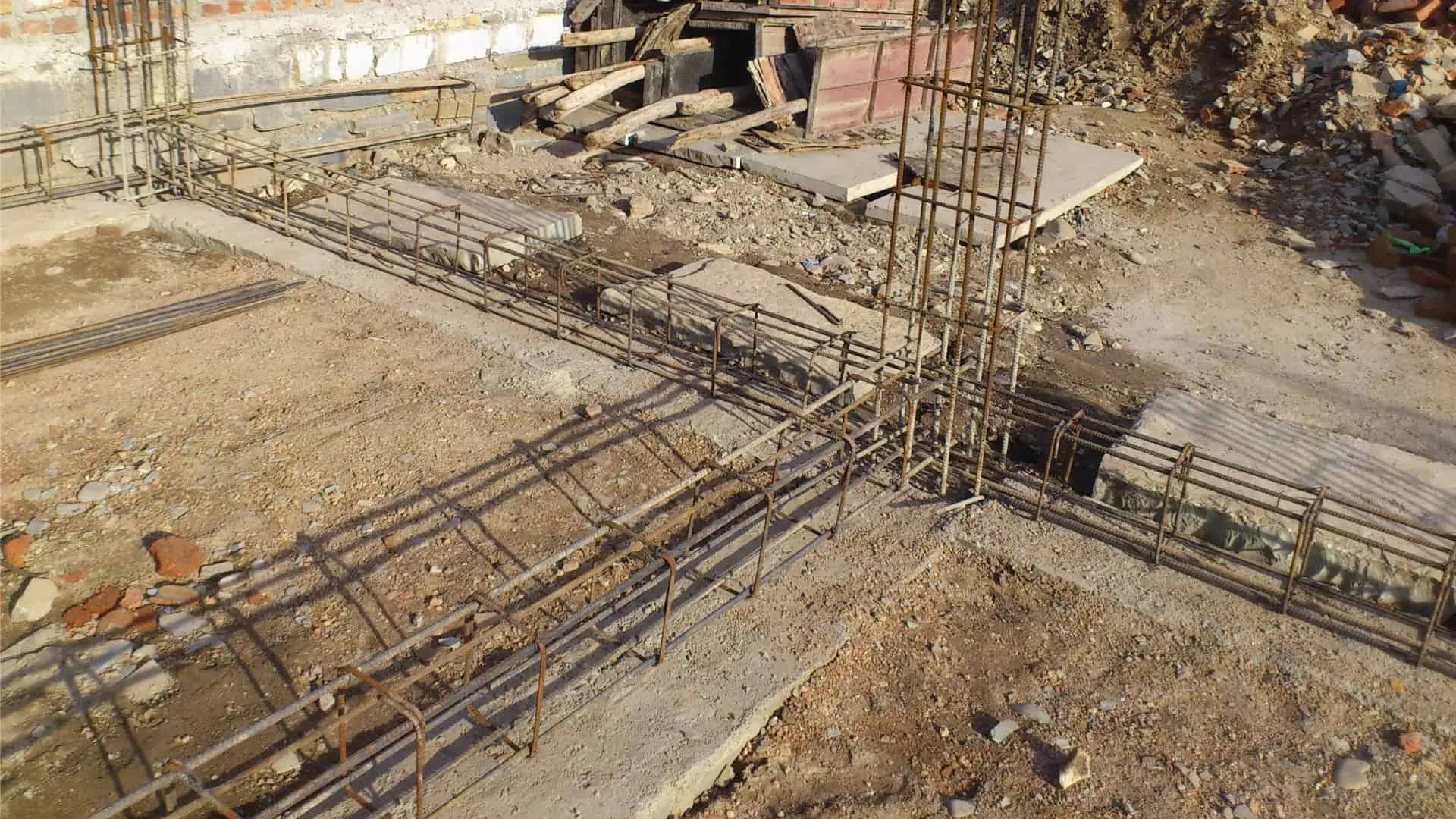
Roof and Roofing Materials:
Sloped Roofs: Opt for sloped roofs that allow wind to pass over more smoothly. Avoid flat roofs, as they can accumulate water and become susceptible to wind uplift.
Metal Roofing: Choose metal roofing materials in building a house that is more resistant to wind and impact. Metal roofs are less likely to be torn off by cyclonic winds and can shed water effectively.
Roof Anchoring: Properly anchor the roof to the structure using hurricane straps or clips. This prevents the top from being lifted off during strong winds.
Window and Door Protection:
Impact-Resistant Windows and Doors: Select impact-resistant windows and doors that are designed to withstand debris impact. These windows and doors are equipped with reinforced glass and frames, reducing the risk of shattering.
Shutter Systems: Install protective shutter systems during building a house that can be closed during a cyclone. These systems provide an additional layer of defense against wind-driven debris.
Exterior Cladding and Materials:
Strong Exterior Cladding: Choose durable and impact-resistant cladding materials, such as fiber cement siding or reinforced concrete panels. These materials offer an extra layer of protection against wind and debris.
Secure Attachments: Ensure that exterior cladding is securely attached to the structural framework. Proper attachment prevents panels from being dislodged by cyclonic winds.
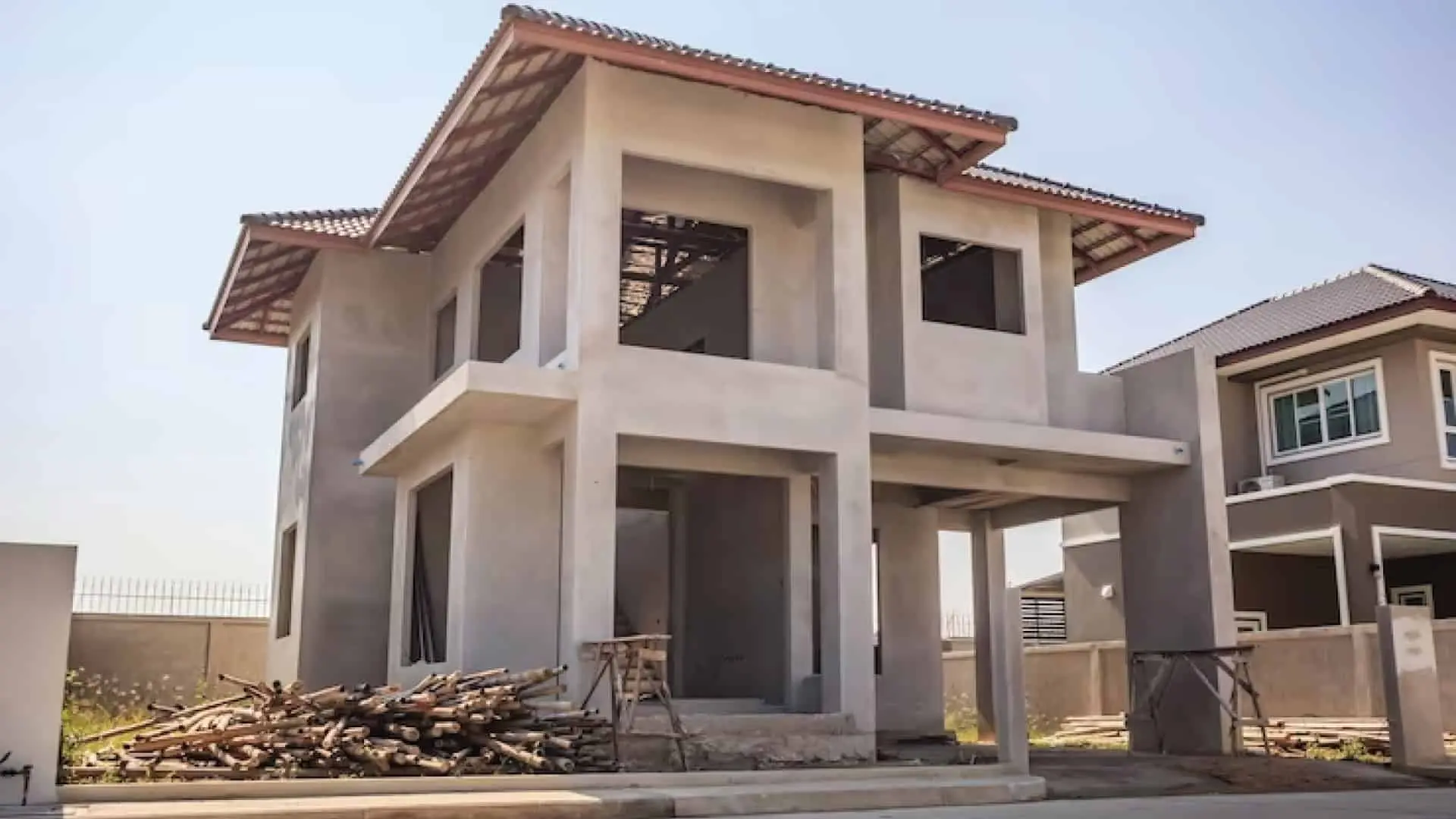
Design and Landscape Planning:
Simple and Streamlined Design: Opt for a simple architectural design that minimizes wind resistance. Avoid complex shapes and features while building a house that can catch the wind and increase the risk of structural damage.
Strategic Landscaping: Design landscaping that acts as a buffer against wind and storm surges. Plant wind-resistant trees and shrubs, and create windbreaks that shield the house from strong gusts.
Conclusion
Constructing a house in cyclone-prone areas requires a holistic approach that accounts for the unique challenges posed by these powerful storms. By adhering to these construction considerations while building a house, homeowners and builders can create homes that are better equipped to withstand cyclonic forces. Each decision, from foundation design to window selection, plays a crucial role in enhancing the safety, durability, and resilience of houses in these vulnerable regions. Ultimately, building with cyclone resistance in mind ensures not only the protection of property but also the well-being of those who live in these homes.
Frequently Asked Questions about Building a House in Cyclone prone areas
Q: What are the key considerations when building a house in a cyclone-prone area?
A: Building a house in cyclone-prone areas requires careful planning. Key considerations include elevated foundations to mitigate flooding risks, using strong and impact-resistant building materials, incorporating tie-down systems for structural stability, and designing roofs and windows to withstand high winds and debris impact.
Q: What materials are recommended for building in cyclone-prone areas?
A: Recommended materials for building a house include reinforced concrete for foundations and structural elements. Metal roofing for its wind resistance, impact-resistant glass for windows and doors, and sturdy cladding materials such as fiber cement siding.
Q: How can I protect my windows and doors from cyclonic forces?
A: Install impact-resistant windows and doors that feature reinforced frames and glass designed to withstand debris impact. Additionally, consider adding protective shutters that can be closed before a cyclone to prevent damage.
Q: Is it necessary to have an elevated foundation in cyclone-prone areas?
A: Yes, an elevated foundation is crucial in cyclone-prone areas to mitigate the risk of flooding during storm surges. Elevating the house provides a buffer against rising water levels, reducing the potential for damage.
Q: How can I ensure my roof’s durability during cyclones?
A: While building a house choose a sloped roof design that allows wind to pass over more smoothly. Use wind-resistant roofing materials such as metal roofs and ensure the roof is securely anchored to the structural framework to prevent uplift.

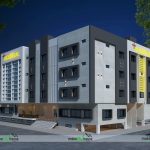
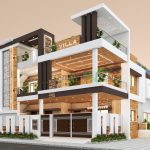
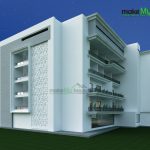
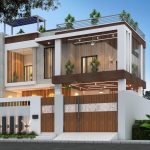

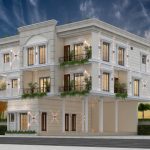
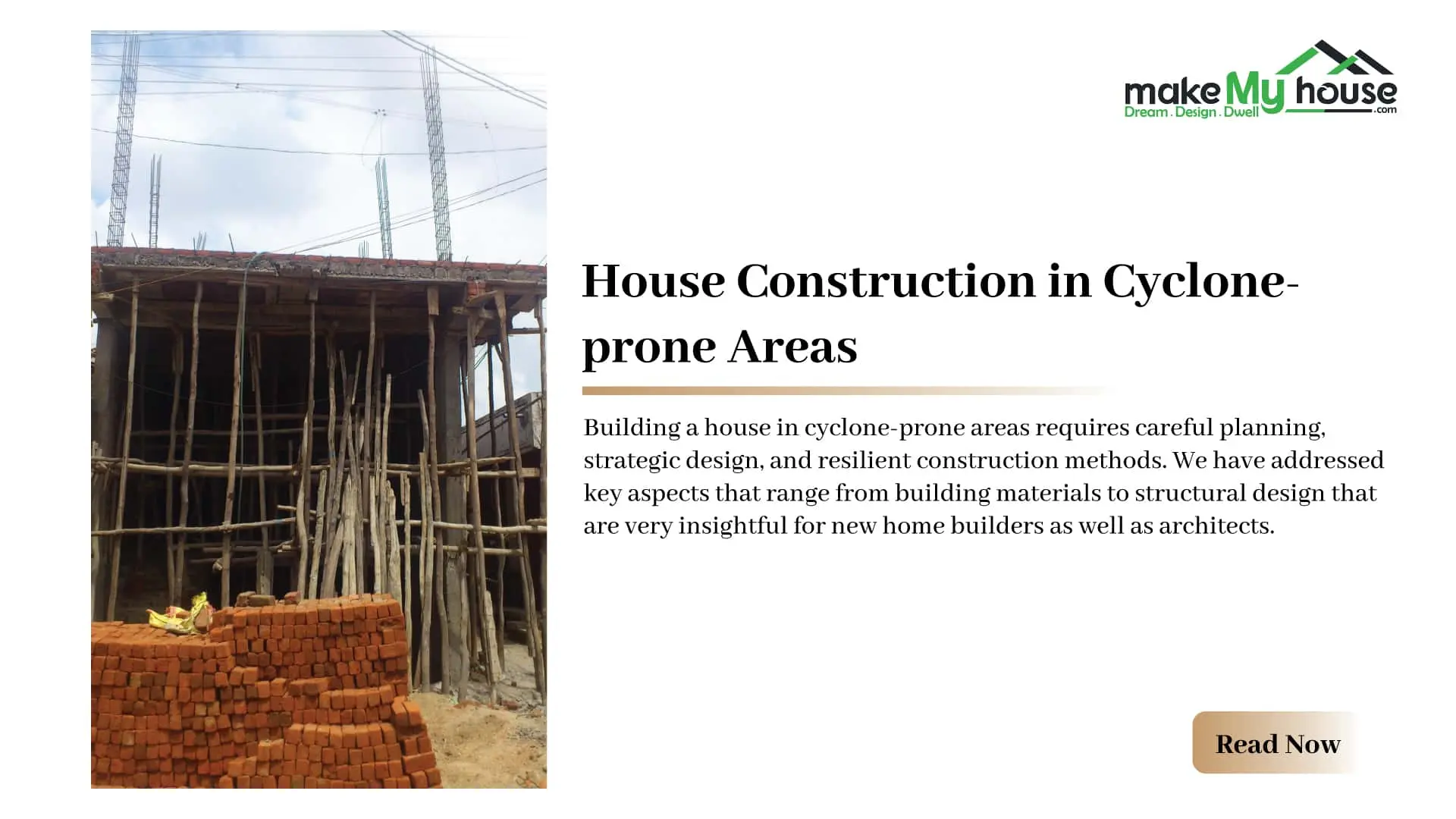
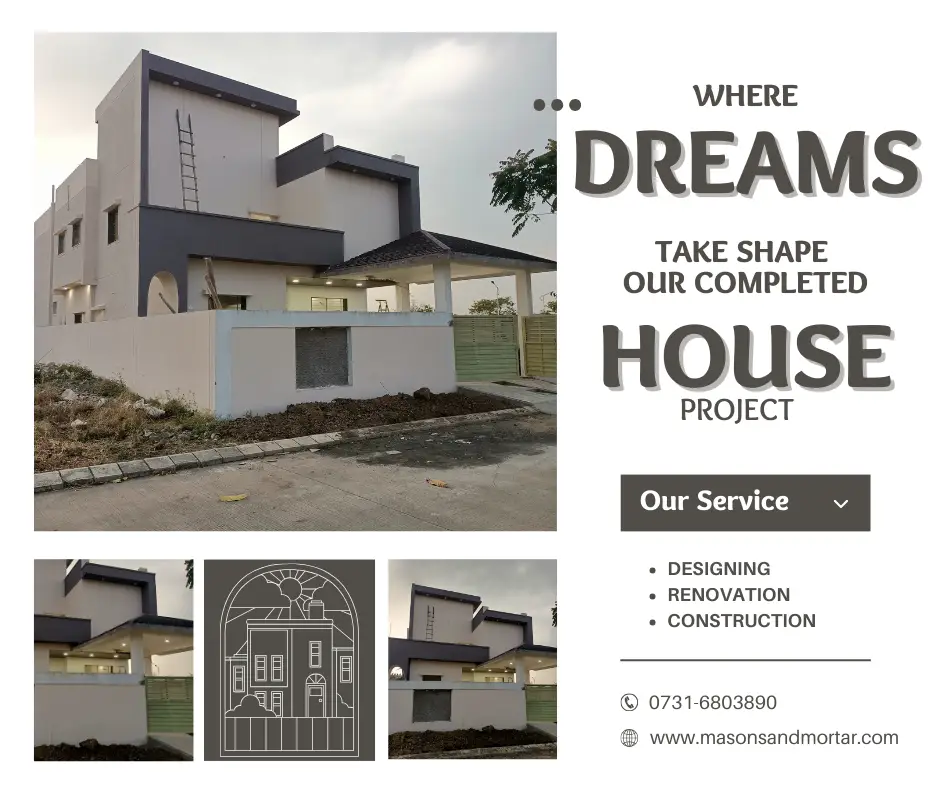
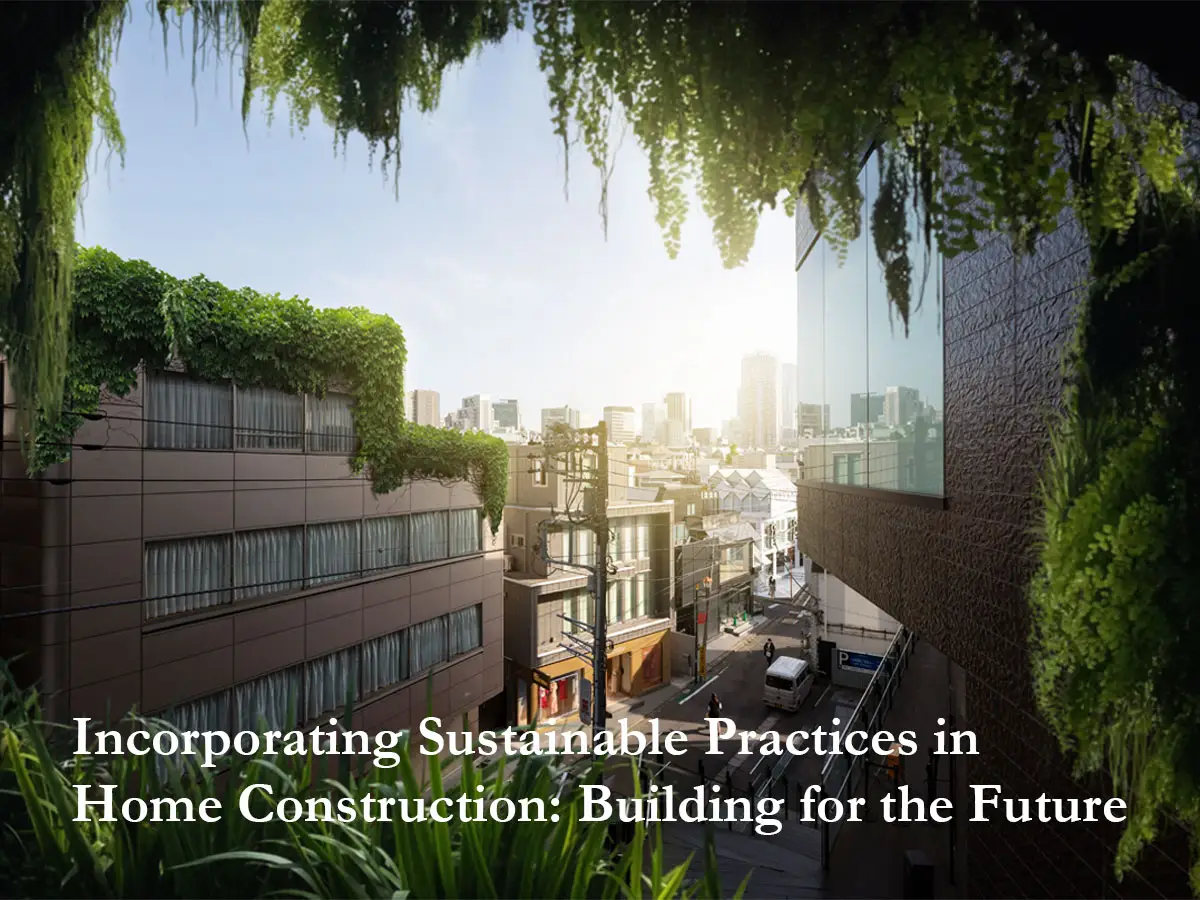
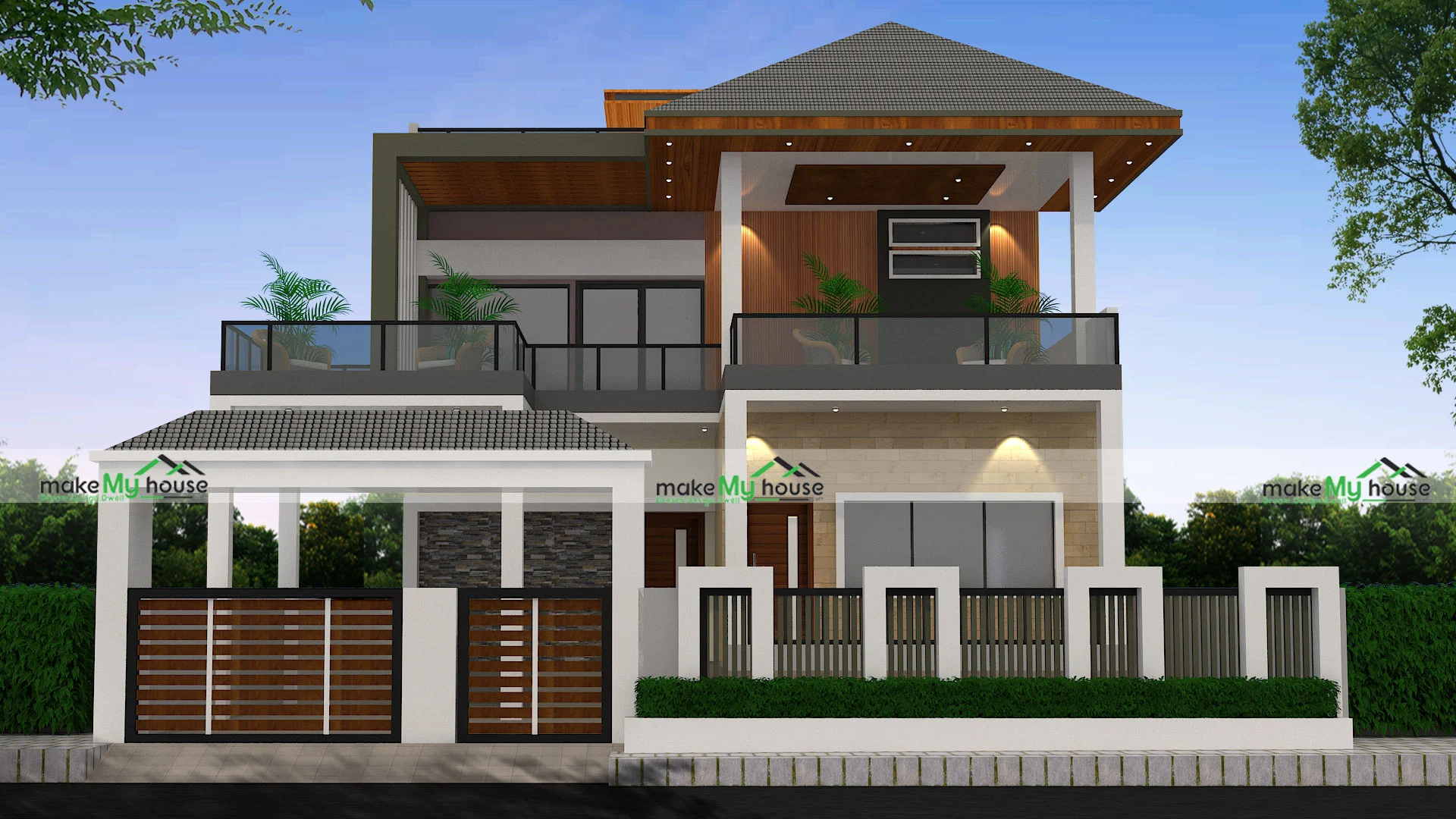

One thought on “Key Considerations When Building a House in Cyclone Prone Areas”